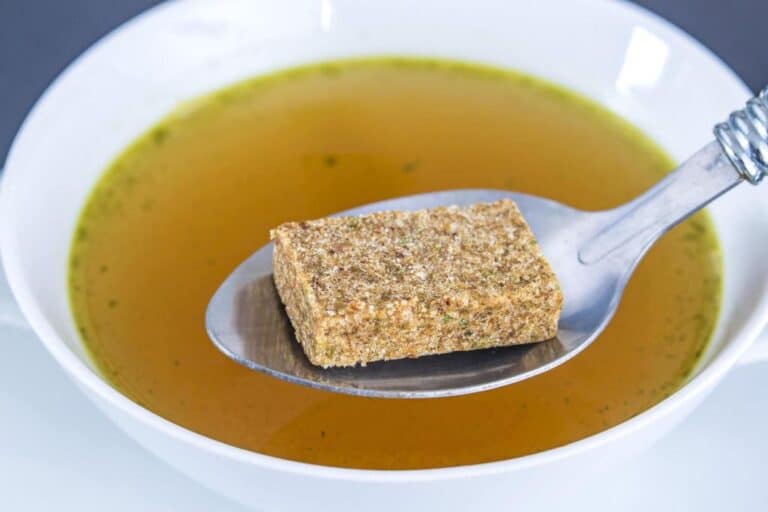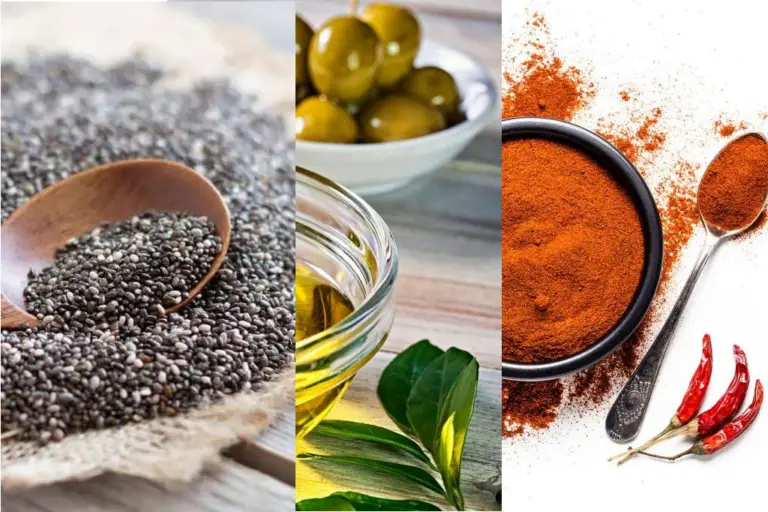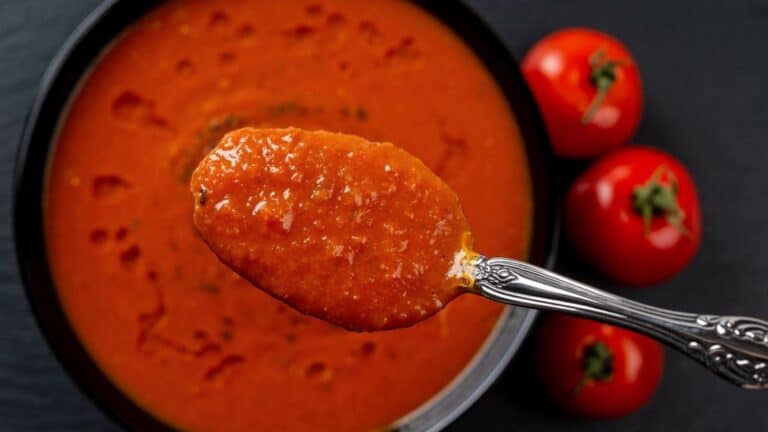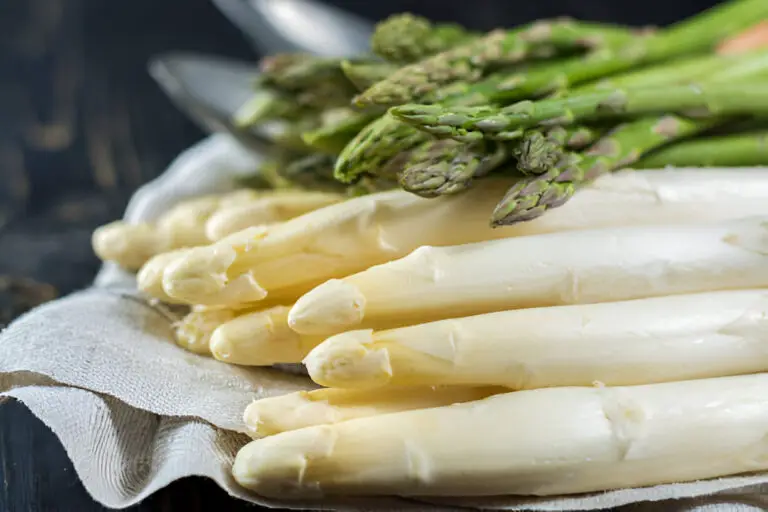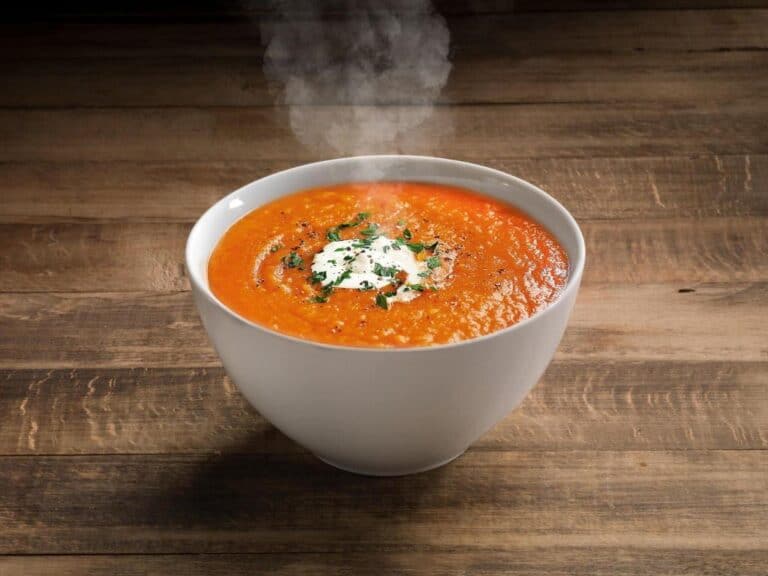Should You Remove Seeds from Tomatoes When Making Salsa?
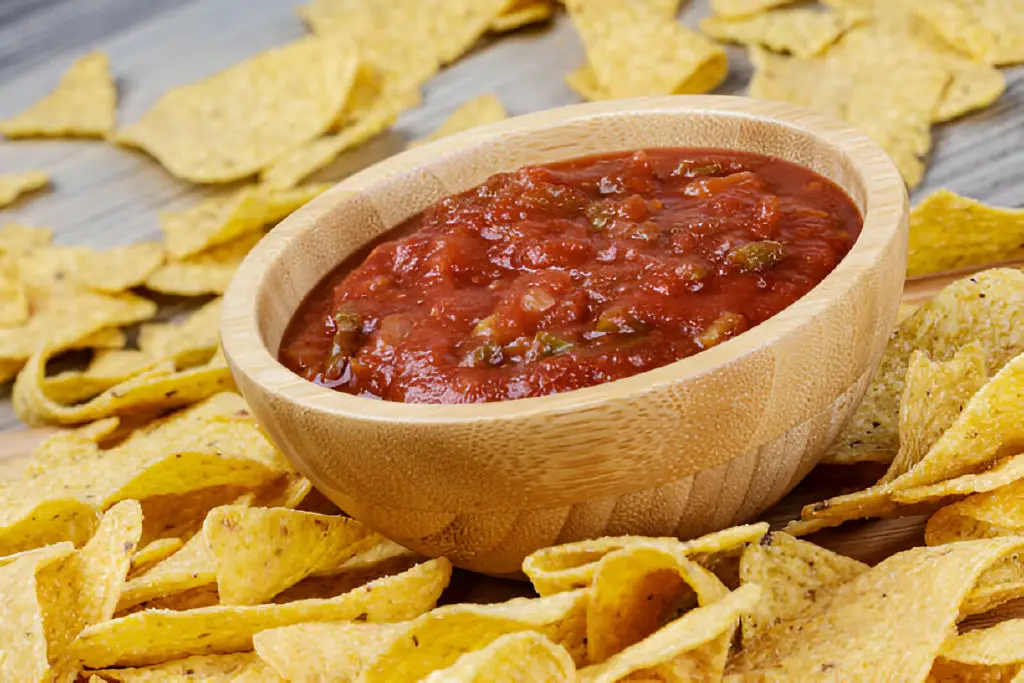
If you’re anything like me, salsa-making is a regular kitchen adventure, and tomatoes are the undeniable star of the show. But every time I grab a cutting board and slice into a juicy tomato, I find myself asking: Do I need to remove the seeds, or should they stay?
This might sound trivial, but trust me—those little seeds can have a big impact on the flavor, texture, and even the look of your salsa. So, if you’ve ever wondered whether to keep or discard them, let’s dive into it!
Why Tomato Seeds Matter in Salsa

First off, let’s talk about what the seeds (and the watery pulp around them) bring to the salsa. In short, they contribute flavor, moisture, and texture—qualities that can make or break your perfect dip. But let’s break it down a little further.
- Flavor: The seeds and surrounding gel-like pulp hold a good amount of the tomato’s natural flavors. Removing them can result in a slightly milder taste.
- Texture: Seeds add a bit of crunch, but they also add juiciness, which isn’t always ideal for chunky salsas. If you’re making a smoother salsa, seeds can interfere with that velvety finish.
- Appearance: Leaving the seeds in will give your salsa a more “rustic” look, while removing them can make the salsa look a bit more refined and consistent.
Pros and Cons of Removing Tomato Seeds
So, what are the ups and downs of taking out tomato seeds? Here’s a quick look at both sides:
| Pros of Removing Seeds | Cons of Removing Seeds |
| Results in a thicker, less watery salsa | Less intense tomato flavor |
| Makes the salsa visually consistent | Requires extra time and effort |
| Smoother texture for blended salsas | You lose some of the tomato’s natural juice |
When You Should Consider Removing the Seeds
I find that there are some situations where removing the seeds really pays off. If you’re making salsa for tacos or a dish where you don’t want extra liquid, removing seeds can be a game-changer. Here’s why:
- Chunky, Fresca-Style Salsas: For chunky salsas (like pico de gallo), removing seeds helps prevent the salsa from becoming watery, which is especially important if you’re serving it with crunchy chips or tacos. Nobody wants soggy salsa!
- Smooth Salsas: If you’re blending your salsa to make it smooth, seeds can add a bit of grit or bitterness. In this case, it’s better to remove them for a silkier texture.
- Presentation Matters: If you’re serving salsa at a party or event, removing the seeds can make your salsa look more polished and uniform.
How to Remove Tomato Seeds (The Easy Way)
If you decide to remove the seeds, here’s a simple method to make it quick and painless:
- Slice the Tomato in Half: Cut the tomato horizontally, so the two halves expose the seed cavities.
- Use a Spoon or Your Finger: Gently scoop out the seeds and the surrounding gel with a spoon or your finger. Try to keep as much of the tomato flesh as possible.
- Set Aside the Seeds: If you don’t want to waste them, keep the seeds and pulp in a bowl. You can add this extra juice to another dish, like soup or pasta sauce.
When to Keep the Seeds in Your Salsa
On the other hand, there are times when keeping the seeds is just fine—or even preferred! Here are a few scenarios where seeds add something special:
- Quick, Fresh Salsas: If you’re making a quick salsa for dinner, like a casual topping for tacos or burrito bowls, leaving the seeds saves time and gives the salsa a little extra freshness and tang.
- Adding Flavor: For anyone who loves intense tomato flavor, keeping the seeds and the surrounding juice is a must. You get that full-bodied tomato taste, which can make a real difference in raw salsas.
- Less Waste: I’m a big fan of using as much of the fruit as possible, so if you’re all about reducing food waste, leaving in the seeds is the way to go. They don’t interfere much in flavor, so why not make the most of them?
Comparing Seeded vs. Seedless Salsa: A Taste Test
After experimenting a few times, I decided to do a little taste test to see the difference myself. Here’s what I noticed:
| Seeded Salsa | Seedless Salsa |
| Stronger tomato flavor | Slightly milder taste |
| A bit juicier and thinner | Thicker, more structured |
| Rustic, home-style appearance | Refined and uniform look |
I found that both versions have their perks, but I lean toward seedless for smoother, more refined salsas and prefer seeded for chunky, home-style versions.
What Kind of Tomatoes Are Best for Making Salsa?
When it comes to making salsa, choosing the right tomato can make a world of difference. The best tomatoes for salsa are firm, less watery varieties that hold up well, so you’re left with a thick, flavorful dip instead of a runny mess. Generally, Roma tomatoes top the list. Known for their low moisture content and firm flesh, Roma tomatoes keep the salsa chunky and prevent it from becoming too watery.
Other Great Tomato Choices for Salsa
| Tomato Type | Best For | Flavor Profile |
| Roma | Chunky salsas, less watery | Mild, slightly sweet |
| Beefsteak | Fresh salsa with big, juicy chunks | Sweet, bold, classic tomato flavor |
| Cherry/Grape | Adds a bit of natural sweetness to salsa | Sweet, intense |
While Roma tomatoes are ideal for a thick texture, Beefsteak tomatoes work great if you love a juicier salsa. Cherry or grape tomatoes can also add a touch of sweetness to balance out spicier ingredients. Whatever your choice, remember that freshness is key!
Final Thoughts: To Seed or Not to Seed?
In the end, it comes down to personal preference and the type of salsa you’re after. I recommend experimenting a bit and seeing what works best for you! Some people love the full-bodied flavor and juiciness the seeds bring, while others prefer a cleaner, more structured salsa without them. For me, I’ll probably keep making both, depending on the vibe I’m going for—whether it’s a quick weeknight dinner or a salsa that’ll impress at a party.
Next time you’re chopping tomatoes, give the seeds some thought! Whether you choose to keep them or not, there’s really no wrong answer—just different styles and flavors to explore. Happy salsa-making!

